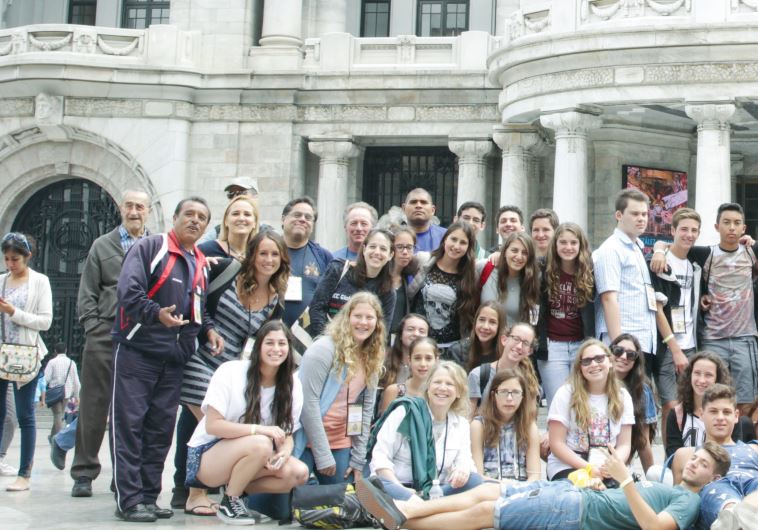Jewish geography - and roots
An innovative program spearheaded by the JCC connects Mexican, Israeli and US communities while exploring their family trees.
 Participants in the JCC Global Family Tree Project in Mexico City earlier this year(photo credit: COURTESY OF CDI MEXICO CITY)
Participants in the JCC Global Family Tree Project in Mexico City earlier this year(photo credit: COURTESY OF CDI MEXICO CITY)